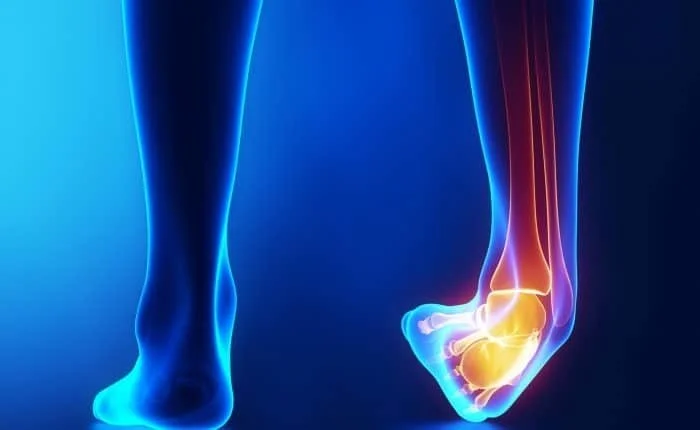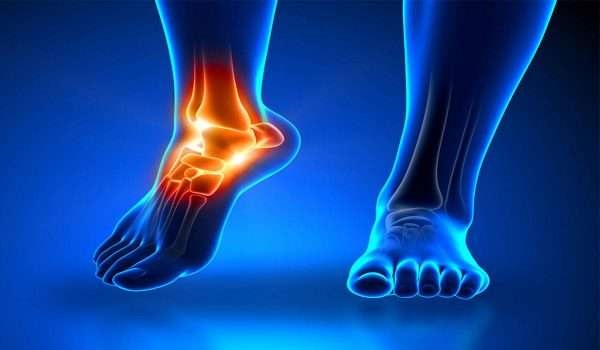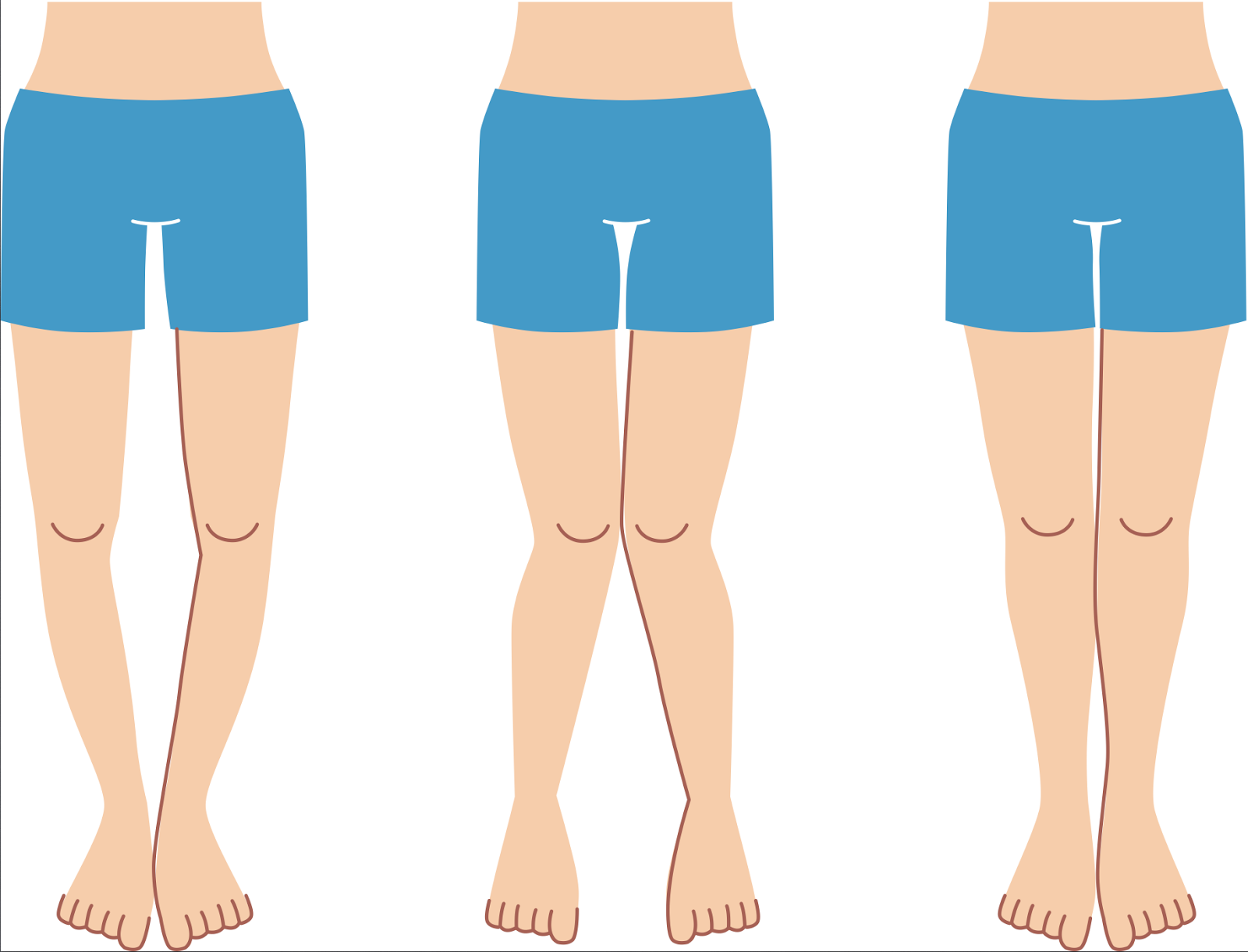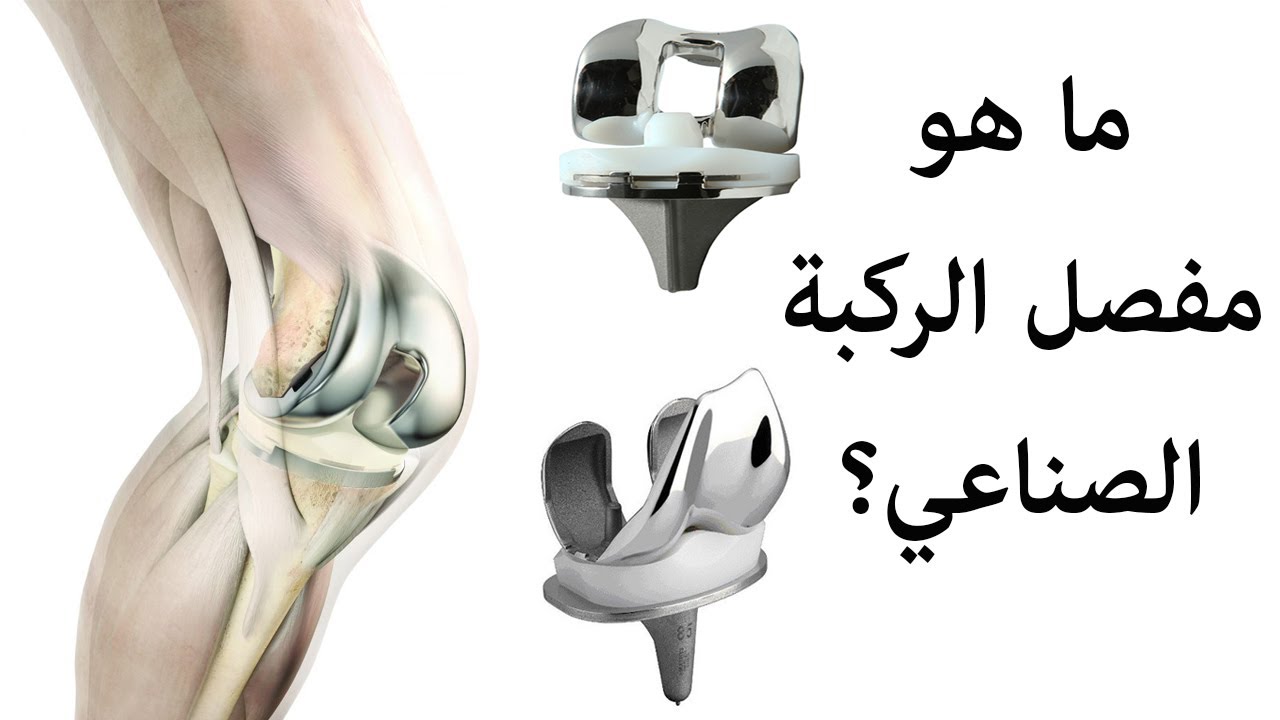What you don’t know about ankle sprains
The sprain that occurs in the ankle is the result of a sudden wrong movement that is outside the normal range of motion, and this may result in a tear that varies in severity according to the severity of the injury. In the following article, we will learn about many aspects of this topic.

Sprained ankle
When a sprain occurs in the ankle, there are many degrees of this injury, and they vary between the occurrence of stretching, rupture, or complete cutting, whether in one of the ligaments or more than one, and this is according to the severity of the sprain. Examples of degrees of a sprain are:
first degree
This type of injury is limited to the occurrence of a simple stretch or tear in the ligaments, and the recovery period for this injury takes a time ranging from 4 to 6 weeks, and this results in the appearance of some symptoms on the injured person, such as:
- Swelling of the ankle joint.
- The individual’s feeling of pain, even if it was simple, during movement.
- Difficulty walking due to an ankle ligament stretch.
Second degree
In the case of a second-degree sprain, a partial rupture occurs in the ankle ligaments when it is subjected to a sprain, and this injury requires a time ranging from 4 to 8 weeks for recovery, and in that case, many symptoms appear in the individual, including:
- There is swelling in the ankle.
- The appearance of bruises in the area of the skin that surrounds the joint.
- Thinning of the skin that surrounds the joint.
- Suffering from the pain of moderate intensity.
- Slight instability in the joint.
- Inability to walk normally, and the patient may need crutches to lean on.
Third degree
This type of sprain indicates a very severe rupture of the ligament that is present in the ankle, and this may result in severe damage to many ligaments between a rupture or a total cut, and the treatment period for this injury may take 12 weeks, and the condition may require surgical intervention. In order to solve the problem radically, and the symptoms that accompany this type of injury:
- Severe pain that gets worse when touching or moving the injured ankle.
- The appearance of severe swelling in the joint.
- Some bruising begins to appear around the area of skin that surrounds the site of the injury.
- The presence of significant instability in the joint that may have been injured.
- The patient loses the ability to walk on the affected foot without using crutches.
Ankle sprain treatment
Before determining the appropriate treatment for a sprained ankle, the doctor must first diagnose the condition and determine the degree of injury that the individual may have been exposed to in order to focus on treating the underlying problem. Among the treatment methods that are followed are:
- Take a period of rest without exposing the injury area to any effort.
- Apply ice packs to the affected area for 20 minutes more than once a day.
- It is also possible to do some warm compresses on the injured area.
- Wearing a medical brace in the injury area.
- Make sure to keep the affected leg elevated from the rest of the body when sitting or resting.
- Wear a pressure bandage over the affected site.
- Consult a doctor about the exercises that can be done in order to speed up the healing process.
- In the event of severe symptoms, it is possible to take some painkillers to reduce the severity of the pain.
- It may be necessary for the injured person to need surgical intervention if the injury is severe or if the previous methods did not find any benefit in treatment.
Ankle sprain recovery time
The appropriate period for the recovery of the sprain depends on the severity of the injury that the individual may have been exposed to, as the sprain that occurs to the individual in the first degree is a very mild tear that causes the individual some pain when walking, but does not prevent him from moving, and that area is fully healed within 1 to 3 weeks from exposure to infection, while other second-degree injuries take longer, up to 8 weeks.
As the third degree of injury, it is the most severe and severe of all and may require surgical intervention in order to recover from the problem in a final way, and after that, it is important for the individual to undergo a rehabilitation program in order to speed up the recovery process.
Duration of ankle bone healing
When the ankle bones are exposed to sprains or fractures and need to be put in a splint, the duration of bone healing depends on the severity of the injury and the damage to the individual. The duration of treatment may be up to 6 weeks, or until x-rays are taken on the affected leg to ensure that it is free of any injuries.
Ankle sprain treatment with hot water
When an ankle sprain occurs, it is better to avoid treatment with hot compresses for 3 days of exposure to the injury, as this stimulates blood circulation and delivers blood faster to the area of injury, and this greatly increases inflammation and swelling, and for this reason, it is preferable to adopt cold compresses in the first periods of injury. And then we use hot water after the swelling subsides a bit.
Symptoms of an ankle sprain
An ankle sprain is one of the injuries that occur to the individual when he twists the ankle and rotates it in a way that takes it out of its normal range of motion, and this may cause tension or tear in the strong bands of tissue that connect the ankle bones together, and these ligaments work to stabilize the joint and prevent It moves it out of the ordinary, and the treatment method differs from one case to another according to its severity.
It is also necessary for the individual to receive appropriate treatment immediately upon the occurrence of the injury to prevent its serious aggravation and the occurrence of many unwanted complications.
- Feeling pain, especially when bearing weight on the affected foot.
- When touching the injured area, the individual feels severe pain.
- Swelling appears within a very short time after exposure to a sprain.
- The presence of bruises on the area of the skin that surrounds the site of the injury.
- Movement becomes limited and in a very narrow range.
- Note the instability of the ankle.
- A popping sound immediately after the injury.
Ankle sprain exercises
The exercises that the individual performs during the treatment period are very important in order to speed up the recovery process, and stretching exercises are very useful in restoring the individual to his strength and flexibility he is able to move the ankle well, and the patient can start doing these exercises three days after the injury if The severity of the injury was not severe, for example:
- Knee movement exercise: In this exercise, the injured person sits on a chair and keeps his feet on the ground, after that he moves the knee from side to side for up to 3 minutes, and this helps to tighten and relax the ligaments that are around the ankle.
- Towel exercise: In order to do this exercise, the injured person sits on a chair and puts a towel on the ground under the feet, after that the towel is picked up with the toes and pulled up and then left, this exercise is repeated up to 10 times and stops immediately when feeling pain.
- Knee raise exercise: the patient raises in front of him while leaning on the wall, then slowly raises the body while leaning on the toes, raises the heel, then goes down, and repeats this exercise up to 20 times until a moderate stretch is felt without pain.
- One leg balance exercise: The injured person stands with his hands on the wall and raises the healthy leg so that his weight is stable on the affected ankle. Try to hold this solution until 20 seconds have passed.
- Elastic band exercise: the patient sits on the floor while extending the legs while wrapping a rubber band around the toes while holding the end of the band, pulling the band with his feet and pushing it with the toes until he feels the leg muscle, and this position is fixed for up to 20 seconds.
Ankle swelling after a sprain
Swelling in the ankle after the occurrence of a sprain is due to the accumulation of a large amount of fluid in the tissues that surround the joint, and this is a side effect of the occurrence of a sprain in the ankle, and this swelling impedes the ability of the individual to move normally in addition to that it may cause stiffness and stiffness in the affected leg This swelling can be relieved by following some exercises or doing some cold compresses on the site of the injury.


















